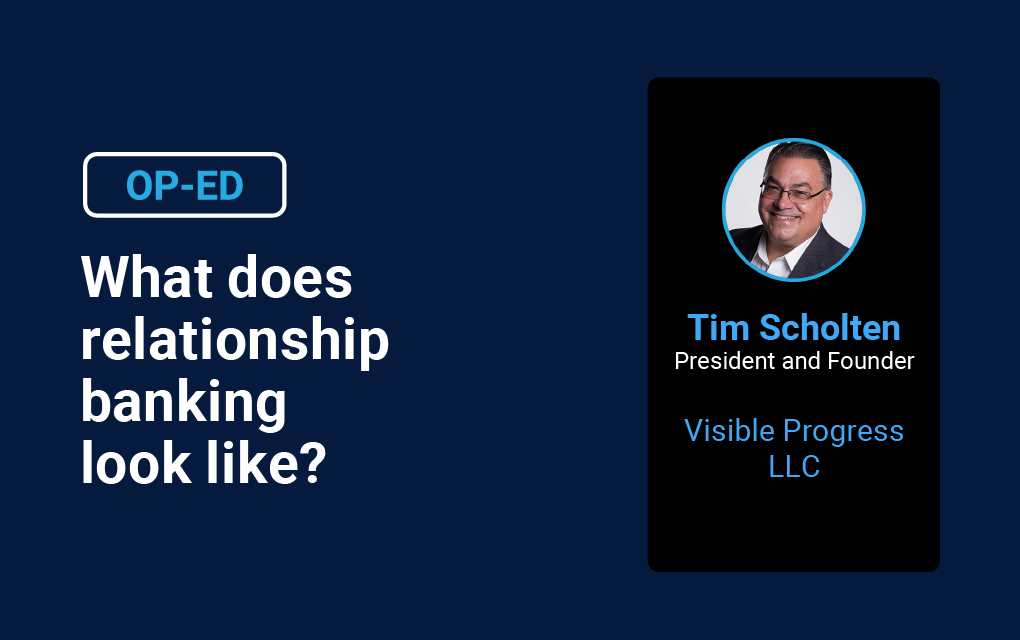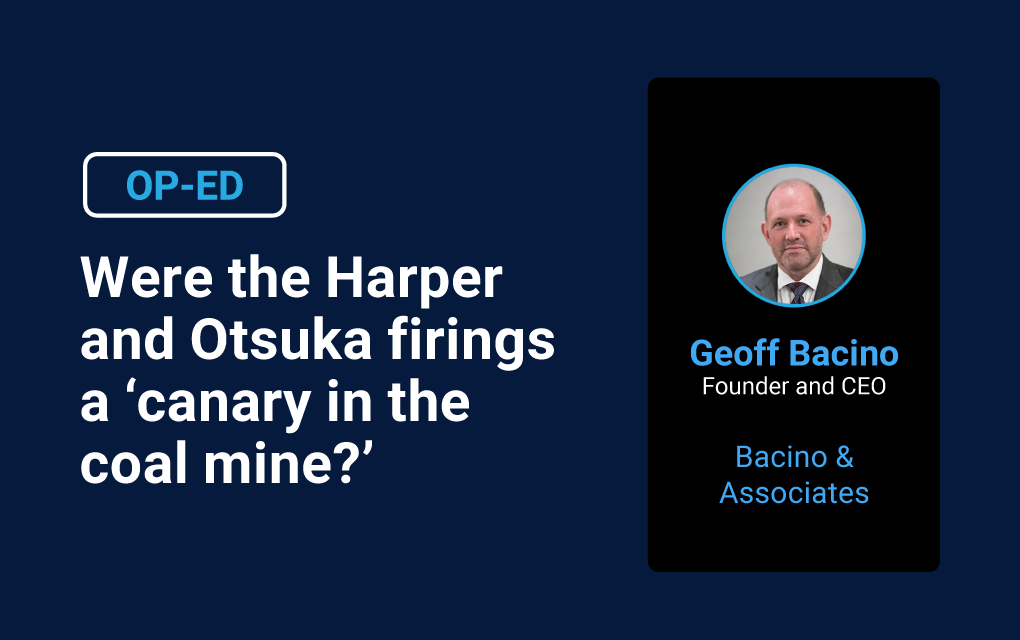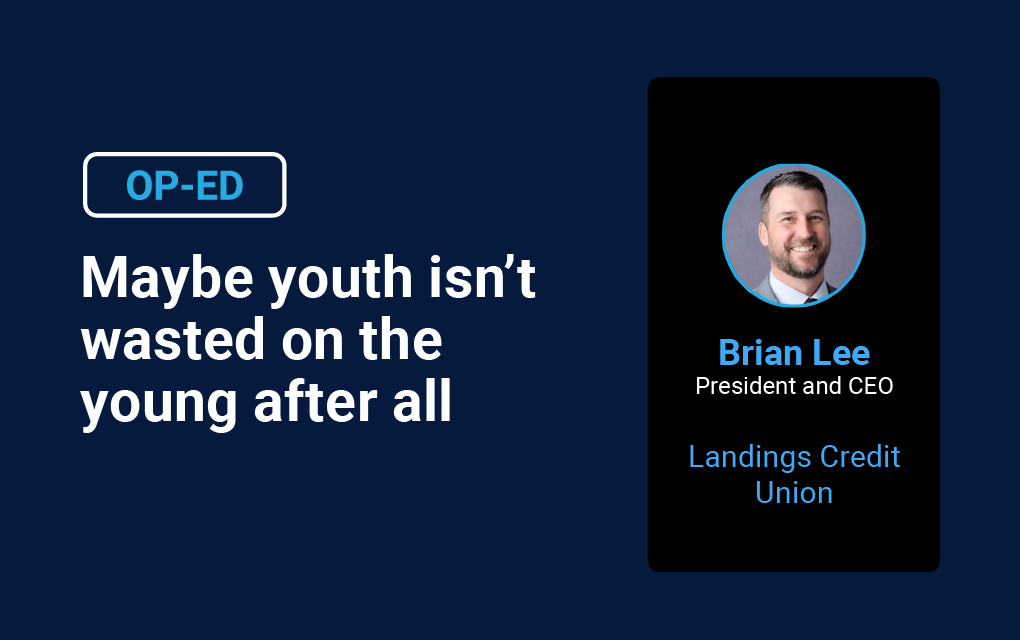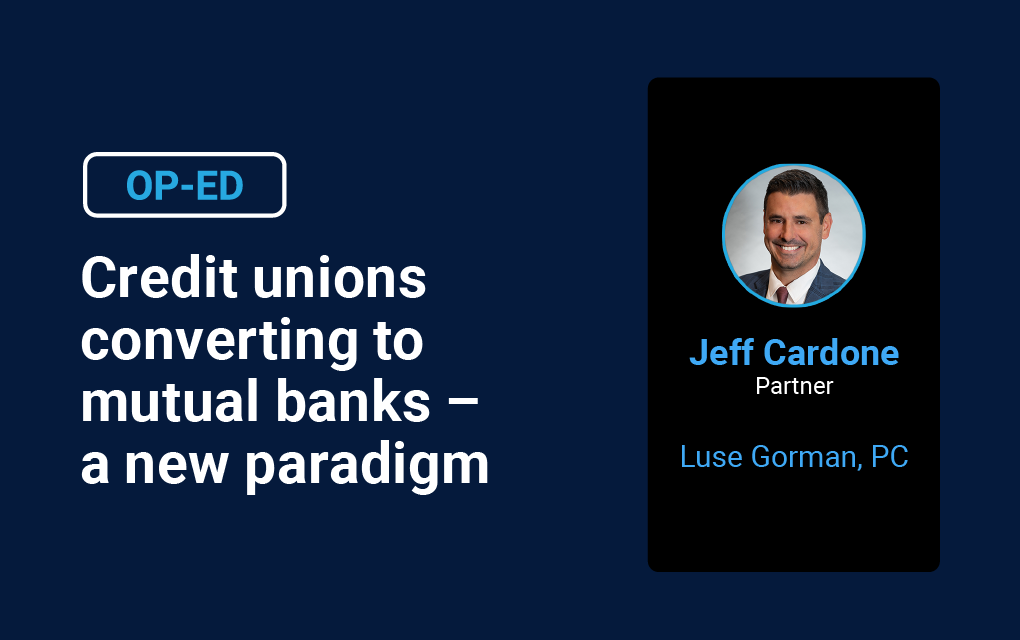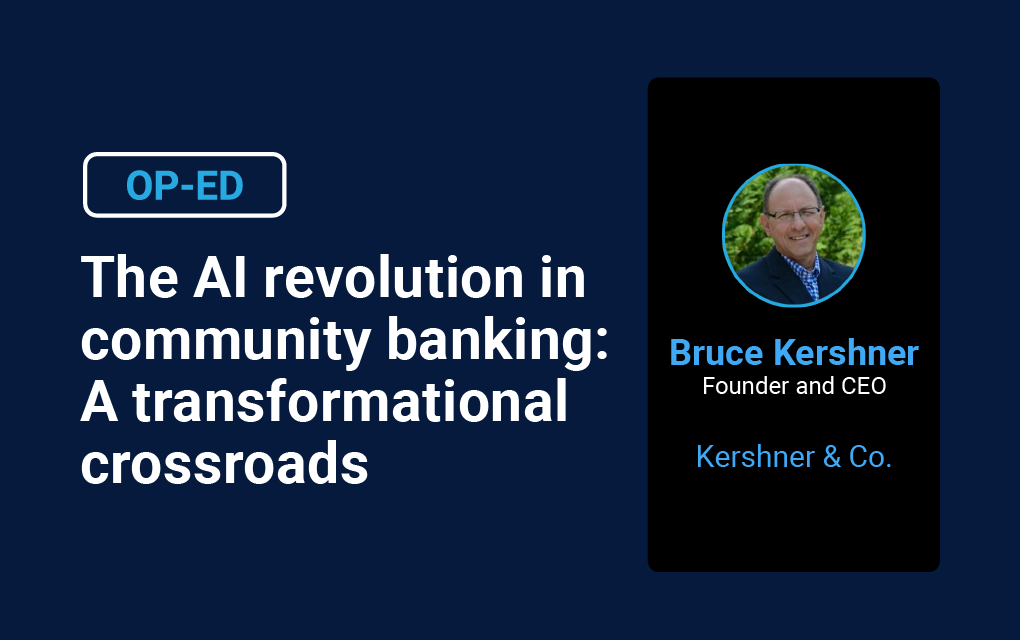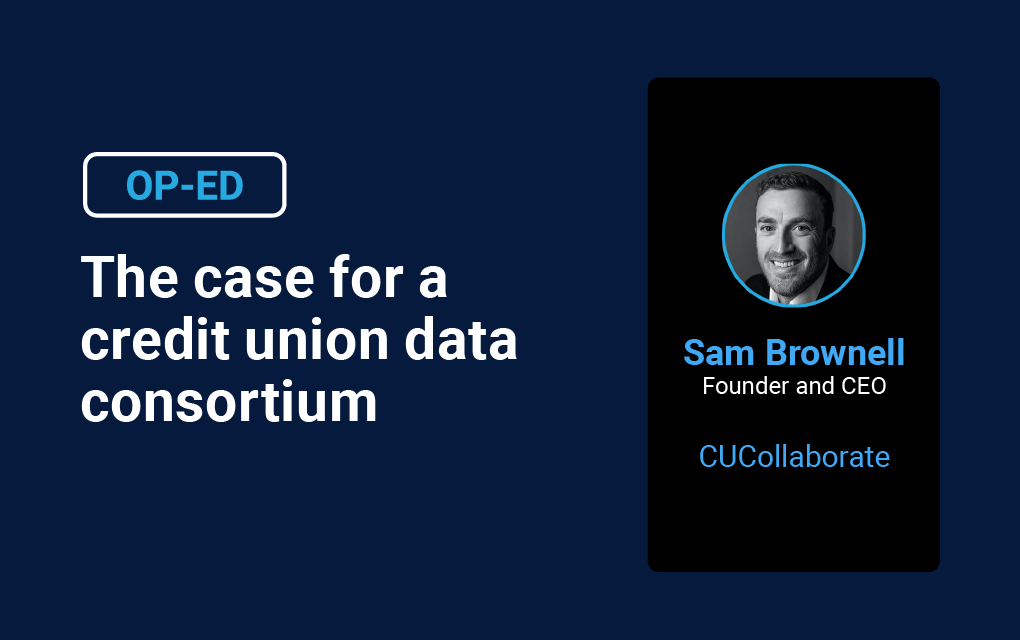What does relationship banking look like?
Written By:

Tim Scholten
President and Founder
Visible Progress LLC
In an era of rapid digitization, where mobile apps and automated services dominate financial interactions, the concept of relationship banking remains not only relevant but vital. Customers are still seeking personalized service and long-term financial advice from their financial institution. But what does relationship banking look like in practice?
Defining Relationship Banking
In simple terms, relationship banking addresses each individual customers’ unique financial needs with unique solutions. Unlike transactional banking—where the goal is to complete services like deposits, withdrawals, or loans as efficiently as possible—relationship banking focuses on nurturing a customer’s financial health over time.
This approach typically involves assigning dedicated bankers or teams to specific customers, especially in commercial, wealth management, and small business contexts. These bankers become trusted advisors, often developing a deep understanding of the customer’s personal and business financial goals, challenges, and aspirations.
Key Elements of Relationship Banking
1. Onboarding
The onboarding process is the foundation for getting relationships started properly from the beginning. Asking the right relationship questions and documenting answers helps form the bankers’ initial understanding of their customers’ needs. Understanding the types of services needed, the way they prefer to transact, and how they would like to access advice are foundational relationship questions that bankers use to navigate the types of products and services needed to help customers achieve their goals. Tailoring products and services to meet those needs demonstrates the banker’s skill, knowledge and expertise of how to guide their customers through the complexity of their choices. This includes recommended products, savings plans, specific loan structures, investment portfolios and means for securely transacting and tracking their financial progress.
2. Long-Term Focus
Relationship banking doesn’t end with the opening of an account or the approval of a loan. It’s a long-term commitment. Banks that embrace this model often recognize the value of a lifetime customer over short-term profits. For example, a small business might start with a basic line of credit, but as it grows, it may need more complex financing, payroll solutions, faster payment options or even help navigating mergers and acquisitions. A relationship banker grows with that business, providing advice and support every step of the way. This can mean proactively adjusting services as life events occur, such as marriage, the birth of a child, starting a business, or planning for retirement in a personal banking setting.
3. Trust and Accessibility
Trust is foundational to relationship banking. Customers often share sensitive financial details, and they expect their banking partner to act in their best interest. This trust is built through transparency, consistent communication, and reliability of advice. Relationship bankers are accessible, responsive, and knowledgeable. They proactively stay in touch with their customers to ensure they are making progress towards their financial goals. This type of support will help customers feel confident in their financial decisions.
4. Integration of Technology with Human Touch
Modern relationship banking doesn’t reject technology, it leverages it. Digital tools can enhance the ability to track financial goals, monitor account activity, and provide convenient service. But, this doesn’t replace the need for human intervention or relationships. While a mobile app can notify a customer of a payment due, a relationship banker can use technology to interpret financial patterns and suggest strategic adjustments that will improve financial outcomes.
Relationship Banking in Action: A Practical Example
Imagine a mid-sized business owner named Sarah who runs a successful logistics company. Her bank has assigned her a relationship manager named Alex, who meets with her quarterly to discuss her company’s financial health and growth goals. When Sarah mentions that she’s thinking of expanding into a new region, Alex proactively provides insights on regional market trends, introduces Sarah to local business networks, and suggests a tailored loan structure that aligns with her cash flow cycles.
Later, when supply chain disruptions threaten Sarah’s inventory financing, Alex is the first to call—not with a sales pitch, but with a solution. He offers to restructure her line of credit temporarily and helps her access a government-backed loan program. This proactive support prevents a crisis and builds Sarah’s loyalty.
Now, Sarah doesn’t see the bank as just a place to store money; she sees it as a strategic partner. That’s relationship banking in action.
Benefits for Banks and Customers
For customers, the benefits of relationship banking are clear: tailored financial solutions, proactive advice, and a trusted advocate. For banks, it leads to higher customer satisfaction, increased loyalty, and ultimately, greater profitability through deeper engagement. Long-term customers tend to use more services over time and are more likely to refer others.
Relationship banking, when exercised in these practical terms, allows small and medium sized banks to effectively compete and win business from much larger competitors. As fintech startups and digital banks compete on price and convenience, traditional banks can set themselves apart by strategically acquiring good technology that is supported by smart relationship focused people that have built trust with their customer base over time. Their customers will be less tempted to chase after the latest cool banking technology.
Challenges and Considerations
Relationship banking is not without challenges. It requires significant investment in training, personnel, and customer relationship management systems. Not every customer needs—or wants—a high-touch experience. The only way you can figure that out is with the right customer onboarding process, which will help you strike the right balance between automation and human interaction.
Additionally, turnover among banking staff can disrupt relationships. Continuity is crucial; customers must feel that their banker understands their history and goals. Retention of relationship bankers and the ability to grow their career where they are at is a key part of making this strategy work by minimizing relationship disruption.
The Future of Relationship Banking
The future of relationship banking lies in the intelligent integration of data and expert advice. With advancements in artificial intelligence and analytics, banks can anticipate customer needs more accurately than ever. By making strategic investments in technology banks can equip relationship bankers with the tools and insights to guide their customers through the complex financial decisions that they face in their financial lifetime.
As the financial landscape continues to evolve, relationship banking offers a model that centers on trust, care, and continuity. It transforms the banking experience from a series of isolated transactions into a meaningful, supportive journey. That’s not just good business, it’s good banking.
Columbus, Ohio-based Visible Progress is a community bank and credit union consultancy helping financial institutions to create and implement strategies that bring daily, visible results.
Disclaimer
The views, opinions, and perspectives expressed in articles and other content published on this website are those of the respective authors and do NOT necessarily reflect the views or official policies of Tyfone and affiliates. While we strive to provide a platform for open dialogue and a range of perspectives, we do NOT endorse or subscribe to any specific viewpoints presented by individual contributors. Readers are encouraged to consider these viewpoints as personal opinions and conduct their own research when forming conclusions. We welcome a rich exchange of ideas and invite op-ed contributions that foster thoughtful discussion.

